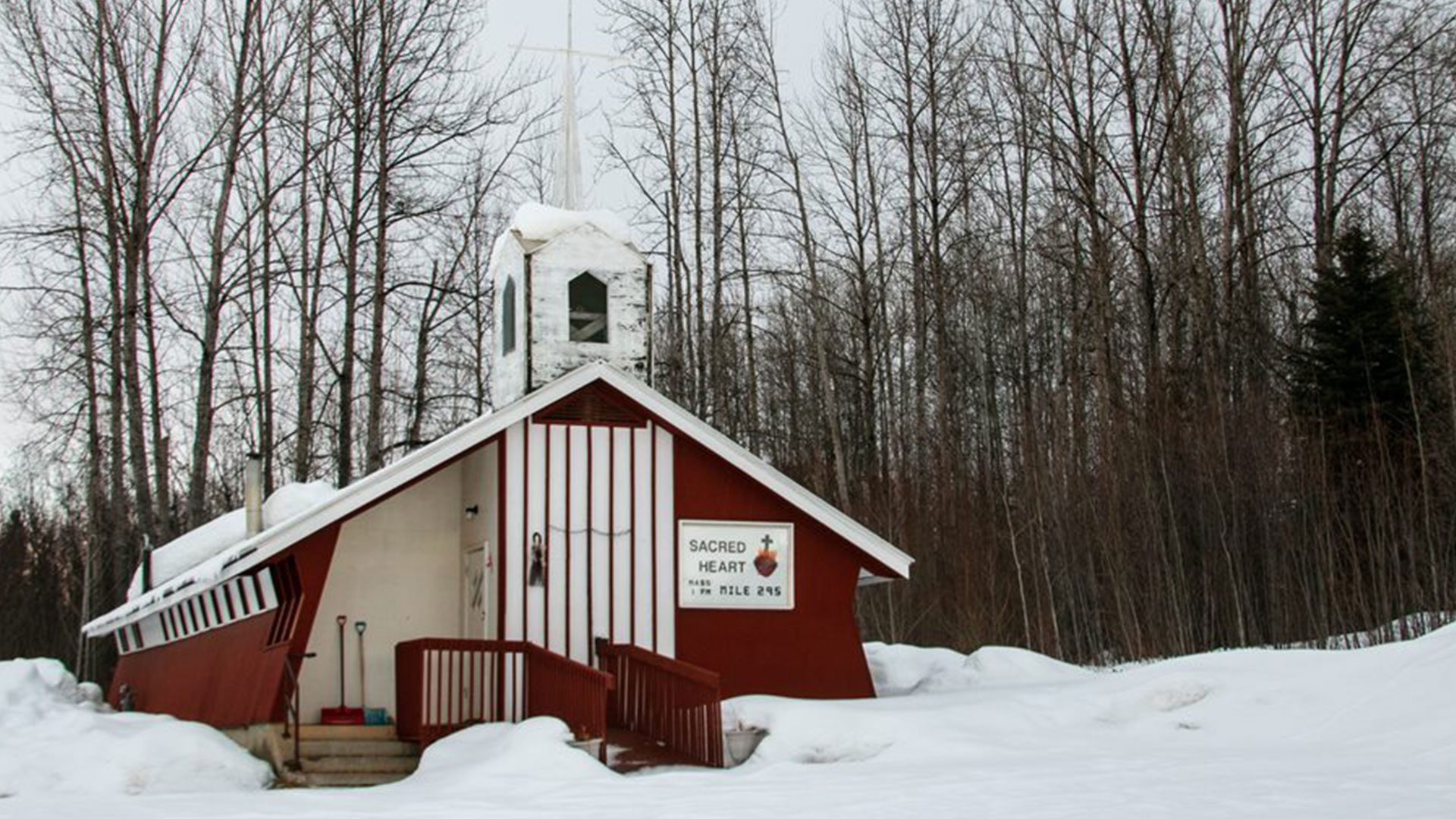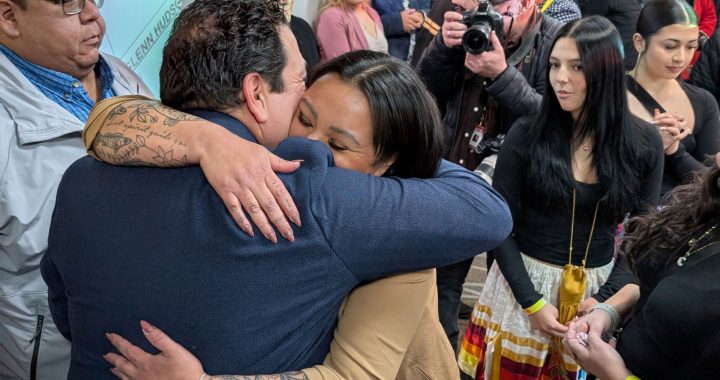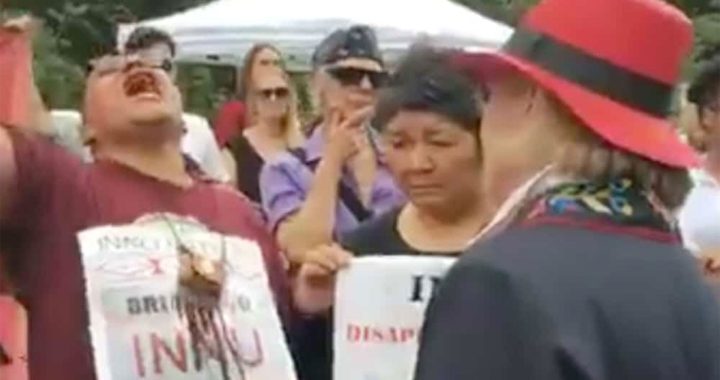Kathie Dickie wants reconciliation from the Catholic church, but she’s not sold on a papal apology as a be all end all.
Dickie is from Fort Nelson First Nation in northeast British Columbia and was stolen from her home and forced to attend Lower Post Residential School.
“I remember being made a soldier of God by and getting tapped on the shoulder by a Bishop Hubert O’Connor, and every Sunday night making a point, being told to ‘please pray for Bishop Hubert O’Connor,’ Dickie said.
“It’s only later that I found out that Bishop O’Connor had sexually abused girls in residential school near Williams Lake.”
In 1998, O’Connor was one of the highest-ranking Roman Catholic officials charged with sex offences. The criminal charges did not stick, however, because both parties involved in the case agreed to a traditional Indigenous-healing circle at Alkali Lake, near Williams Lake.
Eight of Dickies’ immediate 13 family members also attended residential school.
“When I took my dad to Saint Henry’s Mission [in Fort Vermillion, Alta] He was saying as a little kid, they would be playing in the fields and there would be something, skulls,” she said.
Dickie said Survivors and families suffered in silence for a long time until community meetings were held led by the Aboriginal Healing Foundation.
Still, those meetings displayed inner-familial turmoil rooted in colonial violence, a product of the residential school system.
“I remember one session that we as a community meeting my Dad came and he got really angry because he felt like we were attacking the church, ‘how dare we attack the church.’ Then he left the meeting, and then shortly thereafter others left because it just this emotional,” Dickie said.
Nearly 60-per cent of the 130 residential schools in Canada were operated by Catholic missionary congregations.
“Look at the billions of dollars in the Vatican. Okay, start repairing the damage. Start looking after these communities; adequate housing, restore the language and support the culture,” she said.
This week Métis, Inuit and First Nations delegates are in Rome, Italy meeting face-to-face with Pope Francis providing first-hand testimonies about the role residential school played in the cultural genocide inflicted on Indigenous Peoples.

Dickie said she views the visit to Rome as a tour of “pomp and pageantry,” and is not confident that concrete change would come from the trip.
“What could he [Pope Francis] possibly say to repair all the damage he’s done to generations of our families and our communities? They’ve destroyed so many lives, and they continue to do it,” Dickie said.
Instead, she suggested Catholics worldwide educate, acknowledge and accept Indigenous ways of being.
“I think it’s really important that the Catholic church acknowledges and values Native spirituality,” Dickie said. “When people turn their backs on who they are, because of what the Catholic church is telling them, that is so wrong.”










